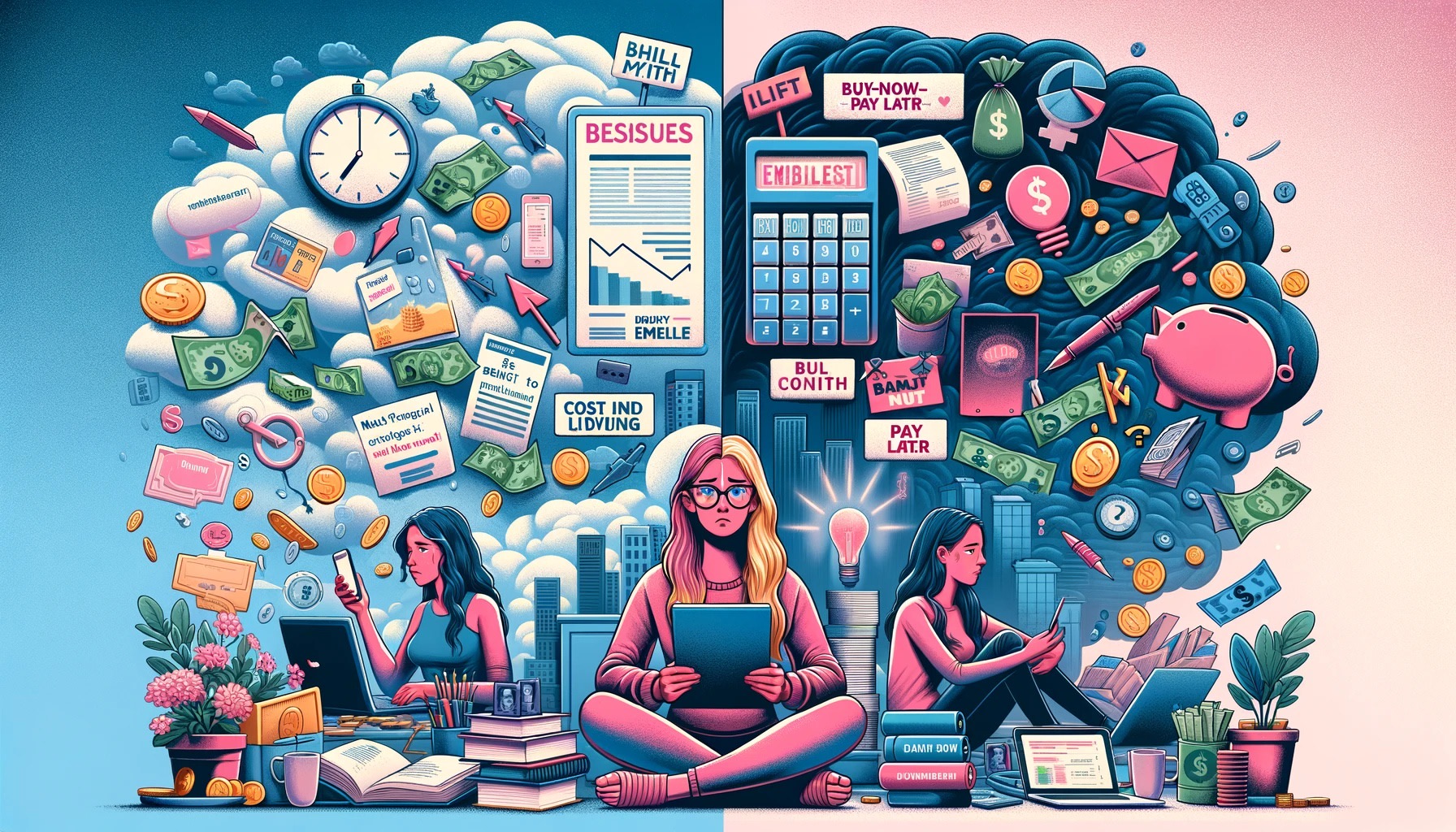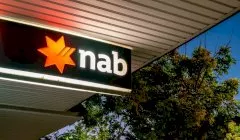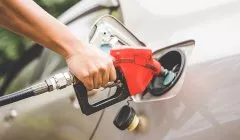Invest
The buying power of an Aussie Big Mac in 2020
As well as its status as a McDonald’s institution, the price of a Big Mac can give us a lot more insight into the world’s currencies than we give it credit for.
The buying power of an Aussie Big Mac in 2020
As well as its status as a McDonald’s institution, the price of a Big Mac can give us a lot more insight into the world’s currencies than we give it credit for.

The “lighthearted” index from The Economist determines what the correct buying power for currency should be based off the price of a McDonald’s Big Mac in each of the 120 countries in which it can be purchased.
Based on the theory of purchasing power parity, or PPP, the index works on the notion that in the long run, exchange rates should move towards a rate that would see the prices of identical goods and services equalise across any two countries.
With the price of a Big Mac siting at $6.45 in Australia, The Economist is able to compare this with every other country’s pricing for the same two-patty, lettuce, special sauce and bun combo.
According to the most recent Burgernomics research, the Australian dollar is overvalued in the UK, Japan and Europe, and so it would reasonably follow on that your travel dollars would go further in those countries.

In Britain, the Big Mac costs £3.39 – implying an exchange rate of 1.90. This is only just above the actual exchange rate of 1.89, suggesting the Australian dollar is barely overvalued – at 0.9 per cent.
It’s a similar story for wider Europe, where a Big Mac can be consumed for €4.12, implying an exchange rate of 1.57. This is close to the actual exchange rate of 1.61, and shows the Aussie dollar is 2.9 per cent undervalued in the economic region.
Across in Japan, the same burger will set you back ¥390.
With an implied exchange rate for ¥100 being 1.65, this is a fair way off the actual exchange rate of 1.32 and overvalues the Australian dollar by 25.6 per cent.
In contrast, the Australian dollar is 21.5 per cent undervalued compared to the United States, where the iconic burger costs US$5.67.
The implied exchange rate based on burger prices is 1.14 – which is far lower than the actual exchange rate of 1.45.
The analysis also revealed the Australian dollar won’t stretch so far in China, where a Big Mac costs 21.50 yuan.
Implying an exchange rate of 0.30, it stands in stark contrast with the actual exchange rate of 0.21 – and points to the potential overvaluation of the Australian dollar by 42.5 per cent.
How does the analysis work?
- Purchasing power parity (PPP) implies exchange rates are determined by the value of goods that each currency can buy.
- Differences in local prices of the Big Mac can suggest what an appropriate exchange rate should be.
- Burgernomics then estimates how much a currency is undervalued or overvalued relative to another. This is done by comparing the exchange rate as calculated through the burger, and how each country’s currency is actually faring in the real world.
About the author

About the author


Spending
Moneysmart study reveals Gen Z women more concerned about finances than men
A new research conducted by ASIC’s Moneysmart has unveiled the heightened levels of stress and concern regarding finances and the cost of living among Australian Gen Z women compared to their male ...Read more

Spending
The cost of politeness: Aussies out of pocket by $1,350 due to 'awkward tax'
It's the time of year when Australians dive into their pockets for festive events and gatherings, yet a recent study by PayPal suggests that many are too polite, or perhaps too embarrassed, to ask for ...Read more

Spending
Aussies can ‘NAB Now Pay Later’ with the last major bank to embrace BNPL
NAB has become the latest bank to enter the BNPL market. Read more

Spending
Aussie households spent $368 a week on transport after petrol price surge
Fuel costs have increased by 40 per cent over the past year, a new report from the Australian Automobile Association has revealed. Read more

Spending
Voters say reducing the cost of living should be the government’s top priority
Aussies have ranked high cost of living as the top issue that needs to be addressed by the next government. Read more

Spending
Bodies back Labor’s commitment to stronger BNPL regulation
All parties should commit to stronger regulations for the BNPL sector, according to Financial Counselling Australia. Read more

Spending
Household spending surges led by retail and recreation
Spending on retail, recreation and hospitality have continued to climb as COVID-19 case numbers and restrictions have eased. Read more

Spending
Banks extend financial assistance to flood-affected customers
A range of assistance is available from major banks to those impacted by flooding in NSW and Queensland. Read more

Spending
Moneysmart study reveals Gen Z women more concerned about finances than men
A new research conducted by ASIC’s Moneysmart has unveiled the heightened levels of stress and concern regarding finances and the cost of living among Australian Gen Z women compared to their male ...Read more

Spending
The cost of politeness: Aussies out of pocket by $1,350 due to 'awkward tax'
It's the time of year when Australians dive into their pockets for festive events and gatherings, yet a recent study by PayPal suggests that many are too polite, or perhaps too embarrassed, to ask for ...Read more

Spending
Aussies can ‘NAB Now Pay Later’ with the last major bank to embrace BNPL
NAB has become the latest bank to enter the BNPL market. Read more

Spending
Aussie households spent $368 a week on transport after petrol price surge
Fuel costs have increased by 40 per cent over the past year, a new report from the Australian Automobile Association has revealed. Read more

Spending
Voters say reducing the cost of living should be the government’s top priority
Aussies have ranked high cost of living as the top issue that needs to be addressed by the next government. Read more

Spending
Bodies back Labor’s commitment to stronger BNPL regulation
All parties should commit to stronger regulations for the BNPL sector, according to Financial Counselling Australia. Read more

Spending
Household spending surges led by retail and recreation
Spending on retail, recreation and hospitality have continued to climb as COVID-19 case numbers and restrictions have eased. Read more

Spending
Banks extend financial assistance to flood-affected customers
A range of assistance is available from major banks to those impacted by flooding in NSW and Queensland. Read more









